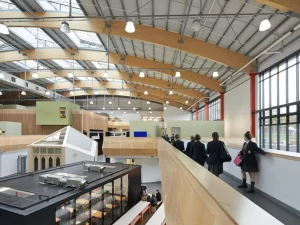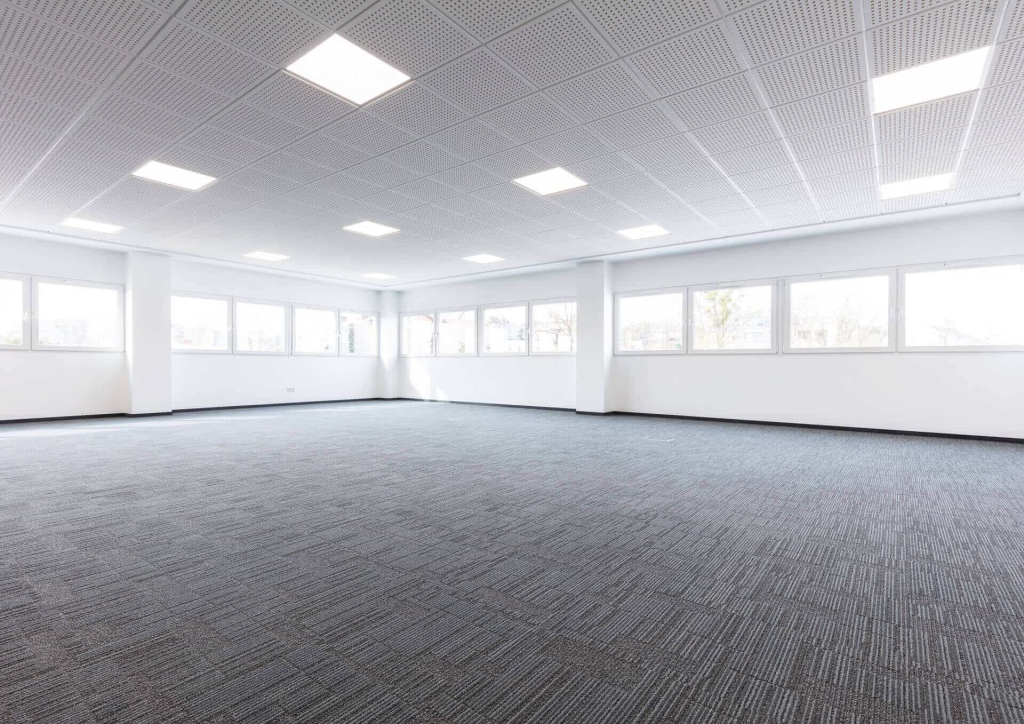
If you have a passion for transforming spaces and a keen eye for design, pursuing a Diploma in Interior Design can be an exciting pathway to explore. Interior design is a field that combines creativity, functionality, and aesthetics to create inspiring and functional spaces. In India, the interior design industry is flourishing, and there is a growing demand for skilled professionals who can bring life to residential and commercial spaces.
In this article, we will delve into the world of a Diploma in Interior Design, exploring the course, its benefits, and the opportunities of interior designing course in India.
I. Understanding the Diploma in Interior Design:
A Diploma in Interior Design is a comprehensive program that provides students with the knowledge and skills needed to excel in the field of interior design. The course covers various aspects of design, including space planning, color theory, materials and finishes, furniture design, lighting design, and project management. It aims to develop student’s creativity, technical proficiency, and understanding of design principles, enabling them to conceptualize and execute interior design projects with precision and flair.
II. Comprehensive Curriculum:
One of the key advantages of pursuing a Diploma in Interior Design is the comprehensive curriculum that covers a wide range of topics. The course typically includes subjects such as design fundamentals, architectural drafting, 3D modeling, rendering techniques, building codes and regulations, sustainable design practices, and client communication. The curriculum is designed to provide a holistic understanding of interior design and equip students with the skills and knowledge needed to succeed in the industry.
III. Hands-on Learning Experience:
A Diploma in Interior Design offers students a hands-on learning experience that is essential for their growth as designers. The program often includes practical assignments, design projects, and workshops that allow students to apply their theoretical knowledge in real-world scenarios. They get the opportunity to create design concepts, develop mood boards, produce technical drawings, and present their ideas to clients. This experiential learning approach not only enhances their design skills but also prepares them for the challenges they may encounter in their professional careers.
IV. Industry Exposure:
To excel in the field of interior design, it is crucial to have exposure to the industry and gain insights from experienced professionals. Many interior designing courses in India offer industry exposure through guest lectures, site visits, and internships. Students get the chance to interact with renowned designers, architects, and industry experts, gaining valuable insights into the profession and building a network of connections. This exposure not only enriches their learning experience but also opens doors to potential job opportunities and collaborations in the future.
V. Focus on Design Principles and Aesthetics:

A Diploma in Interior Design places a strong emphasis on design principles and aesthetics. Students learn about proportion, balance, harmony, rhythm, and emphasis – the fundamental elements of design. They also explore different design styles, study historical and contemporary design trends, and understand how to create visually appealing and cohesive spaces. The program encourages students to develop their own unique design style and cultivate a keen sense of aesthetics.
VI. Technical Proficiency:
In addition to design principles, a Diploma in Interior Design equips students with technical proficiency in various design tools and software. They learn architectural drafting techniques, computer-aided design (CAD), 3D modeling, and rendering software, which are essential for creating detailed drawings and visual representations of their design concepts. This technical knowledge empowers students to communicate their ideas effectively and collaborate with architects, contractors, and other design professionals.
VII. Career Opportunities:
Upon completing a Diploma in Interior Design, graduates can explore a wide range of career opportunities in the interior design industry. They can work as interior designers in architectural firms, design studios, or interior design consultancies. They can also start their own design firms or work as freelance designers. Additionally, they can find employment in sectors such as hospitality, retail, real estate, and exhibition design. The growing demand for interior designers in India ensures a plethora of career options and opportunities for growth and advancement.
VIII. Choosing the Right Interior Designing Course:
When considering a Diploma in Interior Design in India, it is crucial to choose the right institute that offers a comprehensive and industry-relevant curriculum. Look for institutes that have experienced faculty, state-of-the-art facilities, and a strong industry network. Consider the institute’s reputation, alumni success stories, and placement opportunities. Research the curriculum to ensure it covers essential topics and provides practical exposure to the industry.
Conclusion
A Diploma in Interior Design offers aspiring designers an exciting opportunity to explore their creative potential and make a mark in the thriving interior design industry in India. The comprehensive curriculum, hands-on learning experience, industry exposure, and focus on design principles and aesthetics prepare students for successful careers in interior design. By choosing the right interior designing course, you can unlock your passion for design, acquire the necessary skills and knowledge, and embark on a rewarding journey as an interior designer. Whether you aspire to work in architectural firms, start your own design firm, or specialize in a specific area of interior design, a Diploma in Interior Design can provide you with the foundation you need to transform spaces with style and creativity.





